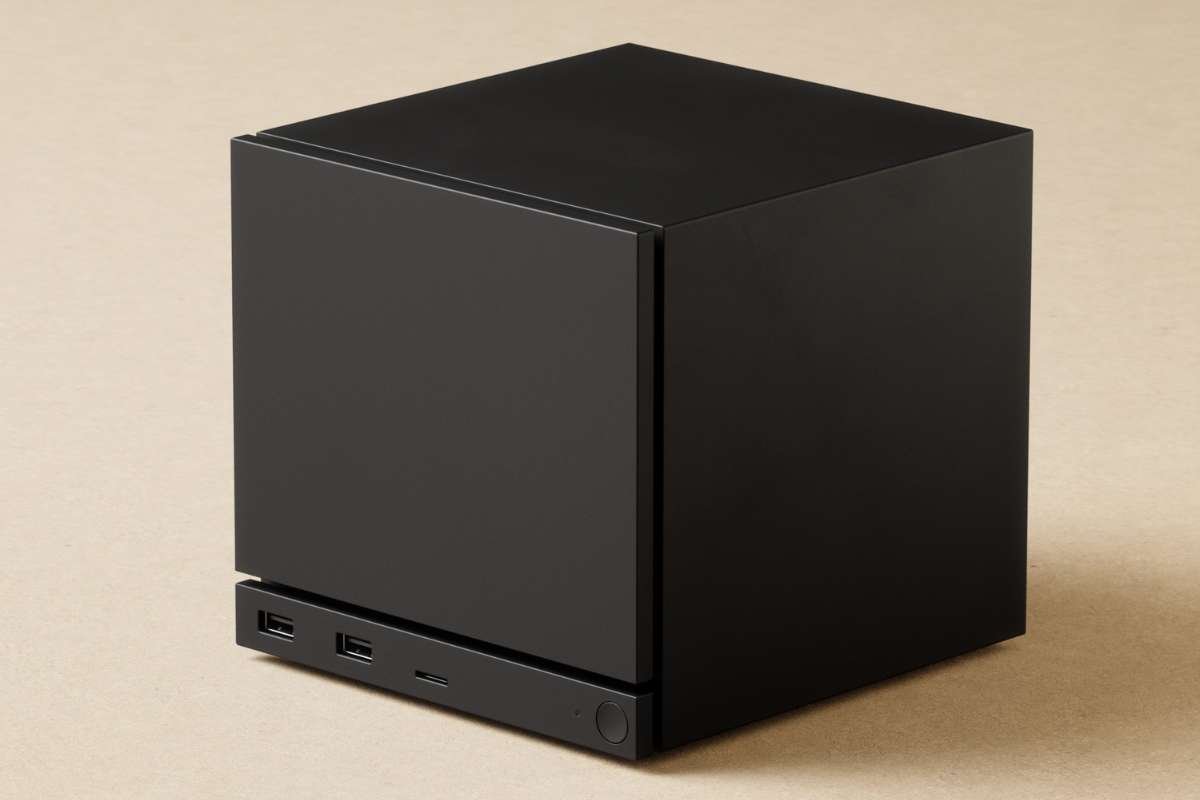A large swath of the United States is bracing for its first major heat wave of the summer, with a massive heat dome expected to engulf much of the Midwest and East Coast in the coming days. According to forecasters, temperatures could soar into the upper 90s Fahrenheit (30s Celsius), accompanied by oppressive humidity that will push the heat index even higher.
Weather experts warn of particularly dangerous conditions across Nebraska, Illinois, Wisconsin, and Iowa this weekend, where the National Weather Service (NWS) has issued top-level heat alerts. Some locations in these states will fall under Category 4— the highest risk level for heat-related impacts. Meteorologist Tom Kines of AccuWeather said many residents in the Midwest who have been wondering when summer would arrive are about to face its full force.
“This is going to be the first real taste of summer for a lot of people,” said Kines, adding that humidity could make 90°F (32°C) temperatures feel up to 20 degrees hotter.
Heat Dome Explained: A System Trapping Heat and Humidity
Meteorologists attribute the incoming heat wave to a phenomenon known as a heat dome. Ricky Castro of the National Weather Service explained that a heat dome forms when a high-pressure system in the upper atmosphere traps warm air and moisture underneath, creating a stagnant hot air mass over a large region.
Daytime highs are forecast to remain in the 90s°F from the Great Lakes to the East Coast, with nighttime temperatures barely dipping below the mid-70s°F. Gulf moisture moving northward is also intensifying the mugginess, according to the Weather Prediction Center’s Jacob Asherman.
Cities such as Denver, Chicago, Washington, D.C., and New York are all set to experience highs ranging from 96°F to 100°F over the next few days. The impact will be especially severe in states like Kansas, Missouri, Iowa, and Illinois, where extreme heat conditions may lead to heat stroke and other serious health issues if proper precautions aren’t taken.
Health Risks Escalate Amid Unrelenting Humidity
The NWS stresses that the combination of heat and humidity poses significant dangers. On humid days, sweat evaporates more slowly, making it difficult for the body to cool itself. This increases the risk of heat-related illnesses, particularly for vulnerable populations or those without access to cooling and hydration.
Authorities recommend minimizing outdoor activity, wearing light clothing, drinking plenty of water, and staying in air-conditioned spaces. While desert cities like Phoenix are also known for extreme heat, their lack of humidity—known as “dry heat”—poses different risks. According to Johns Hopkins University, in dry heat, sweat evaporates quickly, leading people to underestimate dehydration levels.
In the Midwest, agricultural fields contribute to humidity through a phenomenon known as “corn sweat.” As crops release water through their leaves, it adds to the already humid environment. While this effect is noticeable, Ohio State University researchers note that it plays a much smaller role compared to moisture carried from the Gulf of Mexico.
As the heat dome intensifies, millions are urged to prepare and take precautions to stay safe.
Visit The Enterprise World For The Most Recent Information.


















